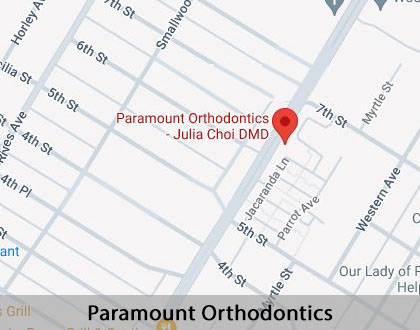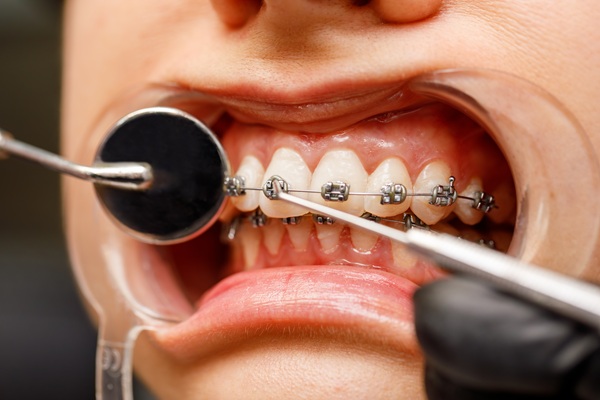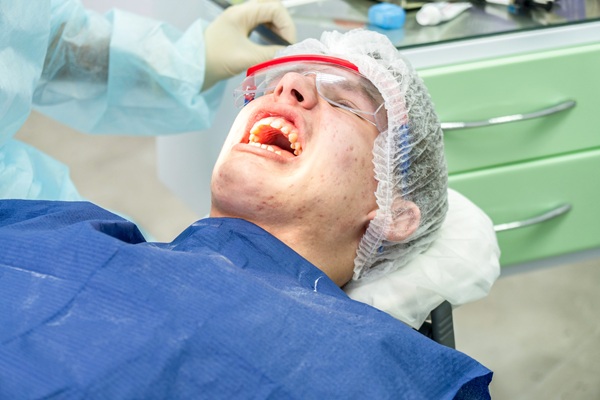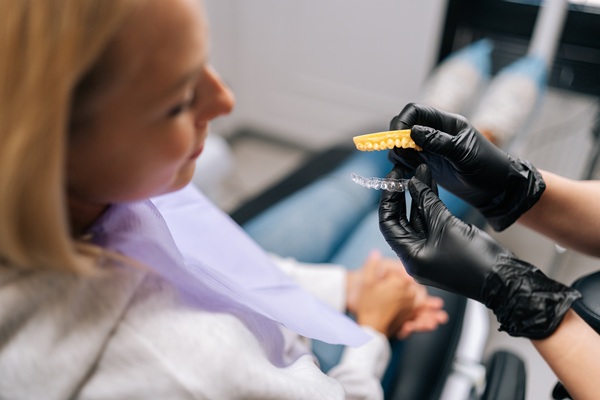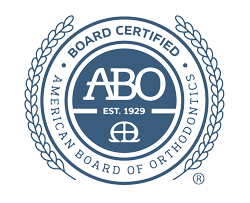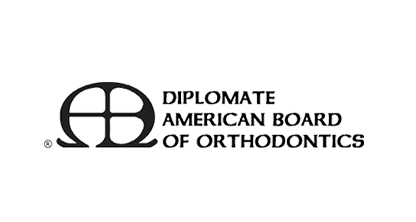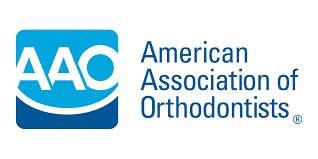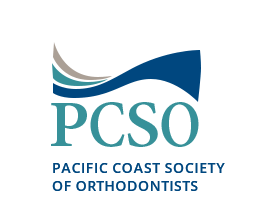Which Is Better: Invisalign® or Braces? Downey, CA
It can be difficult to decide between Invisalign® and braces when deciding to receive orthodontic treatment. While both of these popular options straighten teeth, there are differences that patients should know. The difference remains within the process of how each type of appliance straightens the teeth.
The right treatment option will vary for each patient. Our team at Paramount Orthodontics in Downey and the surrounding area will help you make the right decision for your child’s dental needs. Call us at (562) 367-7034 to schedule a consultation or learn more about our services.
The Difference Between Metal Braces and Invisalign
While metal braces and Invisalign both straighten teeth, the way that they move teeth differ. Braces consist of metal brackets glued to the enamel of each tooth. Metal wires are laced between the brackets to help shape and mold teeth over time. The wires placed on the bracket may be the same color as tooth enamel, so they are less noticeable. Metal braces are not removable and stay in place for the duration of treatment. Thus, they are a good option for patients concerned about losing their aligner trays or who do not want to change out trays. Treatment time varies by case, but the average for teens tends to be approximately two years. Most patients require a monthly or bi-monthly check-up, so the practitioner can see how teeth move and adjust wires accordingly.
Invisalign consists of a clear set of plastic aligner trays customized to fit each patient’s mouth. Invisalign uses 3D imagery of the patient’s teeth to configure and customize the trays to ensure the right fit. The smooth plastic used to create the trays is BPA-free and comfortable around the teeth and gums. Patients can remove their trays while eating, drinking, and engaging in activities without interference or concerns about oral injury. Invisalign should be worn approximately 20 to 22 hours a day for 6-18 months, depending on the issue that needs correcting. Follow-up visits take place approximately every 6 to 8 weeks.
“While metal braces and Invisalign both straighten teeth, the way that they move teeth differ.”
Effectiveness
The choice between braces and Invisalign depends largely on preference and the issue that needs correcting. The success rate of Invisalign depends on patient adherence. Since Invisalign can only work while being worn, patients must wear their trays for long enough to enjoy the benefits of a straighter smile. The trays should be worn for at least 22 hours a day for the treatment to be successful or go as desired.
Braces have also produced positive results in many individuals because of their durability and strength. Individuals with complex dental issues may require metal braces to align their teeth. For those with complex dental issues or worry about self-discipline in ensuring continued wear of the trays, metal braces may be a better option. With braces, patients can straighten their teeth without worrying about keeping track of the trays or cleaning them frequently.
“The choice between braces and Invisalign depends largely on preference and the issue that needs correcting.”
Invisalign for Specific Conditions
Invisalign can be helpful for those with mild to moderate dental issues. Treatable cases through Invisalign treatment include overbites, underbites, cross bites, gapped teeth, open bites, crowded teeth, and mixture of baby and permanent teeth. However, each case differs, and some cases may be too complex to treat with Invisalign.
Complex dental issues requiring traditional metal braces may include irregular loss of baby teeth, delayed eruption of adult teeth, teeth that do not meet, missing or extra teeth, incorrect jaw positioning, and jaw-joint disorder. During the consultation appointment, the orthodontist will work with the patient to determine their appropriate treatment options. In some cases, the patient may qualify for either treatment and be able to choose themselves.
“Invisalign can be helpful for those with mild to moderate dental issues.”
Check out what others are saying about our dental services on Google: Which Is Better: Invisalign® or Braces? in Downey, CA
Preventing Teeth From Shifting
After any type of active orthodontic treatment, patients typically must wear a retainer to prevent their teeth from relapsing. Most patients will need to wear a retainer overnight to keep their teeth aligned after removing braces. Not wearing a retainer will cause newly aligned teeth to relapse and require additional treatment to straighten again.
However, Invisalign does require patient adherence as they are responsible for keeping their trays safe, clean, and in good condition. Patients who do not adhere to the guidelines may also experience shifting and undesired results by the end of treatment. If the patient misplaces or damages their Invisalign trays, they can be replaced but may delay treatment. Invisalign Teen comes with replacement aligners at no additional cost, as it remains common for teenagers to accidentally throw them away or misplace them once they remove them for eating or engaging in activities.
“With Invisalign, patients do not have to wear a retainer after treatment as teeth generally stay straight after the course of treatment.”
Dietary Restrictions
When wearing braces, patients must adjust their diet. Gum and hard foods, such as candies or nuts, are typically off-limits to prevent damage to the braces or injury to the teeth. Invisalign patients do not have dietary restrictions as they remove the aligners while eating and drinking. However, we do recommend patients eat healthy, nutritious food to keep their oral cavity clean during orthodontic treatment.
It is crucial to maintain proper oral hygiene habits when wearing either braces or Invisalign trays. With braces, patients should brush their teeth at least twice daily and use a water flosser or floss designed for braces at least once daily. There are other tools for patients with braces, especially those with more complicated issues. With Invisalign, patients should remove their aligners while brushing and flossing. The aligners themselves should also be thoroughly cleaned during oral hygiene care to keep them clean and free of food particles or debris.
“Invisalign patients do not have dietary restrictions as they remove the aligners while eating and drinking.”
Questions Answered on This Page
Q. What are the differences between traditional braces and Invisalign?
Q. Are braces or Invisalign aligners more effective?
Q. What conditions can Invisalign treat?
Q. How can orthodontic patients prevent their teeth from relapsing?
Q. What are the dietary restrictions with braces or Invisalign treatment?
People Also Ask
Q. What are the aesthetic differences between Invisalign and traditional braces?
Q. What are the benefits for teenagers wearing Invisalign Teen?
Frequently Asked Questions
Q. What is the right time to correct dental issues for my child?
A. The right time to correct dental issues depends on the patient’s dental stage. In most cases, children must have all of their permanent teeth before considering braces or Invisalign. General dentists typically refer their patients to an orthodontist when it is likely a good time for correction.
Q. What is the difference between Invisalign and braces?
A. Both Invisalign and traditional braces are effective methods to straighten teeth. However, they differ in their approach to straightening teeth. Metal braces rely on brackets, wires, and elastics to shift teeth. Invisalign uses removable plastic aligners throughout treatment. As the teeth shift, patients wear new aligners to continue treatment. Invisalign patients must wear their aligners for 20-22 hours a day, whereas braces are worn all day.
Q. Do braces or Invisalign treatment work faster?
A. Traditional braces require approximately 18-24 months of treatment. The average treatment time for Invisalign patients takes between 12-18 months, depending on the issues that need correcting. However, for patients with minor misalignment, their Invisalign treatment may be finished as quickly as six months.
Q. Are there any follow-up appointments during Invisalign treatment?
A. Patients will need follow-up appointments every 6 to 8 weeks to monitor the progress of the patient and hand them their new batch of aligners. During these visits, we can alter the treatment plan as needed and address any concerns the patient may have had since their last visit. Patients can also call and schedule a follow-up sooner if they experience anything concerning.
Q. How much do braces and Invisalign each cost?
A. The average cost of both treatments varies depending on the patient’s case and severity. Every insurance plan is different. People interested in orthodontic treatment should contact their insurance provider for coverage information.
Quality Orthodontic Services Can Transform Smiles
By visiting us as soon as possible, our team can help get you the professional treatment you need.
Definition of Orthodontic Terminology
Call Us Today
If you live in the Downey area, call 562-367-7034 for an appointment in our Downey office.
Helpful Related Links
- American Dental Association (ADA). Glossary of Dental Terms. 2021
About our business and website security
- We serve patients from the following cities: Downey, Norwalk, Commerce, Bellflower, Montebello, Southgate, Pico Rivera, Cerritos, Whittier, Huntington Park, Los Angeles, Bell, Bell Gardens, and Compton
- Norton Safe Web. View Details
- Trend Micro Site Safety Center. View Details

